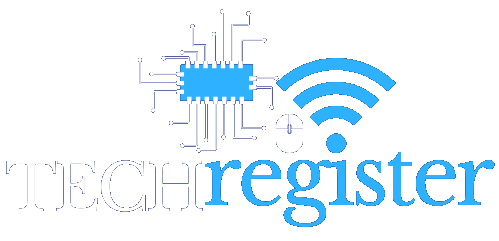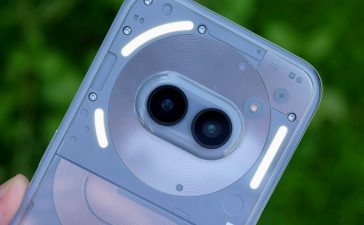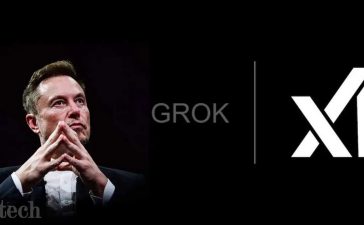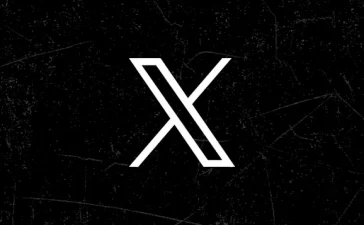UK stargazers are in luck as next month there will be a solar eclipse visible throughout the country. The partial eclipse will take place on March 29 and will begin at 10.07am in London. Maximum coverage will take place at 11.03am and the eclipse will end at noon. About 30 to 40 per cent of the sun will be obscured.
During a solar eclipse, the moon moves directly between the sun and the Earth – meaning the Earth is essentially in the shadow of the moon. When a partial eclipse occurs, the moon passes between the sun and the Earth, but they are not all perfectly aligned – meaning only part of the sun is hidden by the moon.
Next year there will be an eclipse which will see 90 per cent of the sun blocked. However, the next total solar eclipse that will be visible from the UK won’t be until 2090.
The eclipse next month will be visible throughout the UK, Europe, northwest Africa, northern Russia, northeast Canada, and Greenland. The best place to watch the event in the UK will be in northwest Scotland.
Safety is very important when viewing a solar eclipse, and you should make sure to never look directly at the sun without a pair of eclipse glasses.
Astronomers at the Royal Observatory Greenwich explained those keen to view the eclipse can make their own pinhole projector if they want to view the eclipse without purchasing the glasses. “This is extremely safe as there is no need to look directly at the Sun, and the display can be shared by a few people together,” they said.
To make a pinhole projector you need to make a hole in a piece of card and hold it up to the sun while holding a piece of paper behind the card. This will enable you to see the shape of the sun projected onto the paper.
There will also be a partial lunar eclipse occurring next month. This happens when the moon passes through the Earth’s penumbra (which is the outer region of the Earth’s shadow) and only a section of it passes through the umbra (the darkest part of the Earth’s shadow).
On March 1h, almost all of the moon will be in Earth’s umbra. The maximum of the eclipse in London will be at 6.19am – and getting to a high point with a clear western view will “allow you to see more of this eclipse”, Royal Observatory Greenwich explained.












